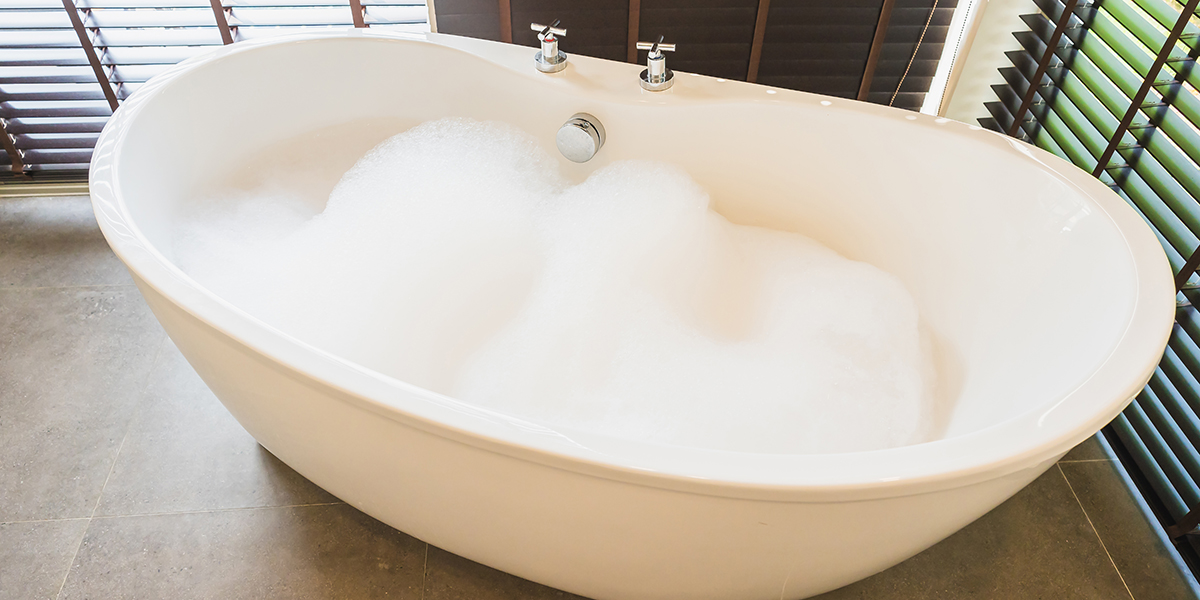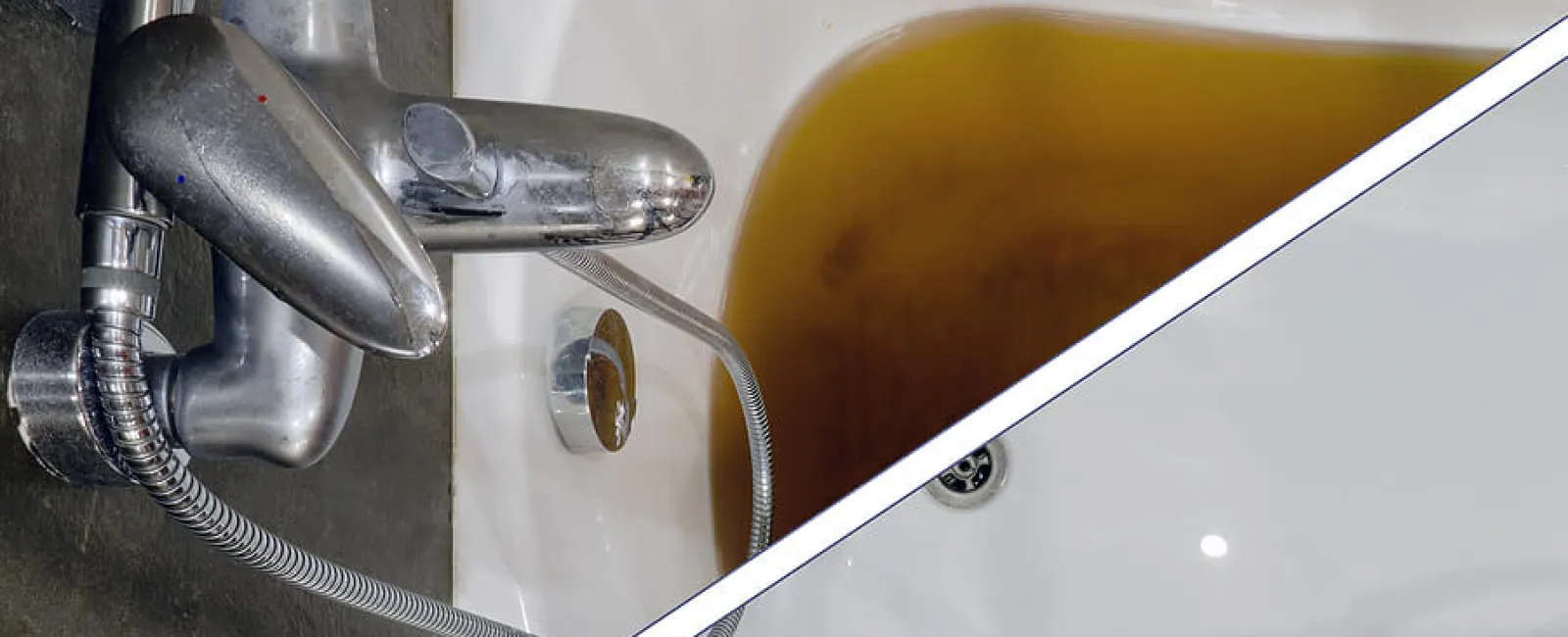Almost everyone seems to have their personal assumption in relation to What to Do if Sewage Starts Coming Up Through Your Bathtub.

Sewer backup in the tub can be a distressing and unhygienic issue for any kind of property owner. Not just is it inconvenient, however it additionally positions severe health risks and suggests underlying concerns with the plumbing system. Understanding why sewage is coming up via the bath tub is crucial for taking ideal activity to resolve the trouble effectively.
Intro to the Concern
Typical Factors for Sewer Backup
Obstructions in the Sewage System Line
One of one of the most common root causes of sewer backup is a clog in the drain line. This can take place due to the buildup of particles, oil, or international items in the pipes, avoiding proper flow and creating sewer to back up into your bath tub.
Tree Origin Intrusion
Tree origins looking for moisture and nutrients can infiltrate sewer lines through small splits or joints. In time, these roots can expand and expand, creating considerable damage to the pipes and causing sewage back-up issues.
Recognizing the Issue
When sewer starts backing up into the bath tub, it's a clear indication of a trouble with the water drainage system. The wastewater that needs to be flowing far from your home is instead locating its back into your home, which can cause considerable damages and carcinogen.
Prospective Causes
Several variables can add to sewage back-up in the tub. From blockages in the sewer line to problems with the plumbing facilities, recognizing the root cause is vital for locating a solution.
Aging Infrastructure
Older homes might have outdated plumbing systems that are much more prone to deterioration, cracks, and degeneration. As pipes age, they end up being extra prone to leaks and blockages, increasing the likelihood of sewer backup occurrences.
Heavy Rainfall or Flooding
During durations of heavy rainfall or flooding, the sewer system might come to be overwhelmed with excess water, creating backups and overflows. This can cause sewer supporting into bath tubs and various other fixtures inside the home.
Signs of Sewer Backup
Foul Odors
Undesirable odors originating from drains or components, especially in the washroom, may indicate sewage back-up issues. These odors are typically solid and consistent, signaling an issue that requires immediate interest.
Slow Draining Fixtures
Tubs, sinks, and bathrooms that drain gradually or otherwise in any way could be experiencing sewage backup. If several fixtures are influenced all at once, it's likely that the concern originates from an usual point, such as the major sewer line.
Gurgling Sounds
Odd gurgling or bubbling noises coming from drains when water is running elsewhere in the house are a measure of air entraped in the plumbing system. This air accumulation can result from sewer back-up and ought to be checked out without delay.
Health And Wellness Risks Related To Sewage Back-up
Contamination of Supply Of Water
Sewer back-up can contaminate the water system in your home, posturing a serious health danger to you and your family members. Direct exposure to contaminated water can bring about gastrointestinal problems, skin infections, and various other health problems.
Mold Growth
Moisture from sewage back-up can create ideal problems for mold and mildew growth in your home. Mold spores can exacerbate respiratory problems and trigger allergic reactions in delicate people, making timely cleaning crucial.
Spread of Condition
Sewer has unsafe bacteria, viruses, and parasites that can cause a range of diseases, including hepatitis, cholera, and gastroenteritis. Coming into contact with sewer or infected surface areas places you in jeopardy of infection.
Cleaning Up After Sewage Backup
Sanitation Procedures
Extensively sanitize and sterilize influenced locations after sewage back-up to eliminate dangerous bacteria and protect against mold growth. Use ideal cleansing items and safety equipment to make sure risk-free and efficient cleanup.
Restoration of Affected Locations
Repair any type of damages to flooring, wall surfaces, or fixtures caused by sewage backup. Depending upon the extent of the damages, you might require to change carpeting, drywall, or other products to recover your home to its pre-loss condition.
Immediate Actions to Take
Shutting Off Supply Of Water
In the event of sewer backup, it's essential to shut off the supply of water to prevent more contamination and damage. Situate the primary water shutoff valve in your house and closed it off until the issue can be fixed.
Calling an Expert Plumber
Dealing with sewer backup is not a DIY job. Get in touch with an accredited plumber with experience in managing sewage-related problems to evaluate the situation and execute needed repair work or cleanups.
Avoiding Contact with Infected Water
Up until the sewer backup is resolved, stay clear of contact with contaminated water to prevent the spread of bacteria and microorganisms. Put on safety gear if you must be in the affected location and wash your hands completely afterward.
Preventive Measures
Routine Upkeep of Sewage System Lines
Arrange normal inspections and maintenance of your sewage system lines to determine and attend to prospective issues prior to they escalate right into significant problems. This can include cleaning out debris, inspecting for tree root invasion, and fixing any type of broken pipelines.
Mounting Bayou Shutoffs
Consider setting up bayou valves in your plumbing system to prevent sewage from flowing back into your home throughout durations of heavy rainfall or flooding. These shutoffs immediately close when water draws back up, protecting your building from contamination.
Correct Disposal of House Waste
Avoid purging anything apart from bathroom tissue and human waste down the commode to prevent clogs and obstructions in the drain line. Dispose of oil, oil, and various other household chemicals correctly to minimize the risk of plumbing problems.
Why Is Water Backing Up in My Bathtub When I Flush My Toilet?
What to do about a sewer line clog
First, don’t bother with plunging. No amount of plunging will dislodge the clog in a sewer line. The clog is too far away. Plungers are for clogs in the toilet itself, not the sewer line. Plus, the most likely causes of a sewer clog are:
Tree roots Flushed toys or feminine products Grease buildup Those items don’t move easily. And in the case of tree roots, the roots need to be cut out of the pipe and the pipe will need to be repaired.
You’ll need a closet auger. A closet auger is a type of plumber’s snake with a protective cover to keep from scratching the delicate porcelain toilet. If the clog is further down, you may need to remove the toilet or use one of your cleanouts to get to the clog.
We also recommend doing a video inspection of the drain to ensure that the cause of the clog has been completely removed. Otherwise, you could have the same problem again in a few days or weeks.
https://mspplumbingheatingair.com/blog/why-is-water-backing-up-in-my-bathtub-when-i-flush-my-toilet

We hope you enjoyed reading our topic on Why is There Sewage Coming Up Through the Bathtub. Thank you so much for taking time to read our article post. Are you aware of another individual who is curious about the niche? Feel free to promote it. Thanks for being here. Revisit us soon.
Hire A Pro